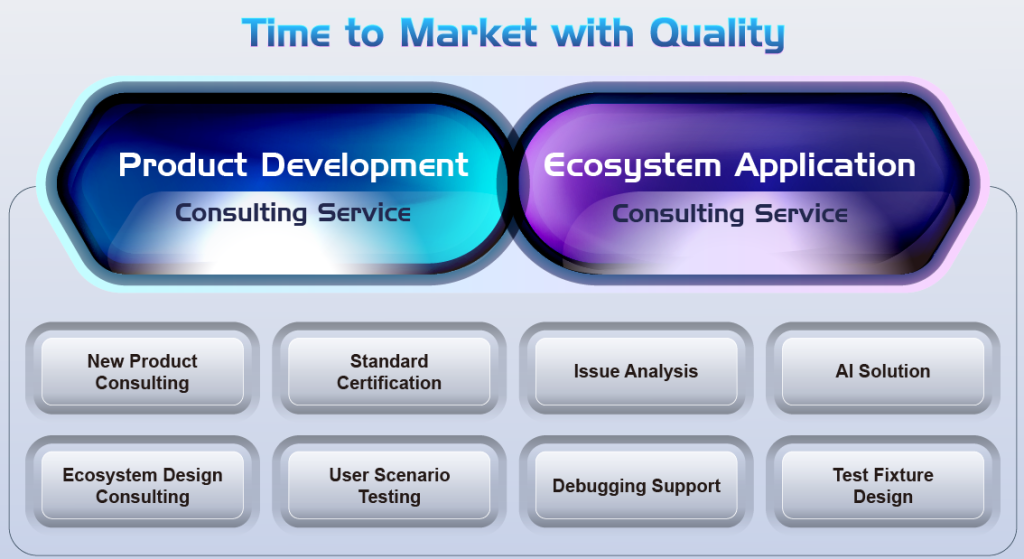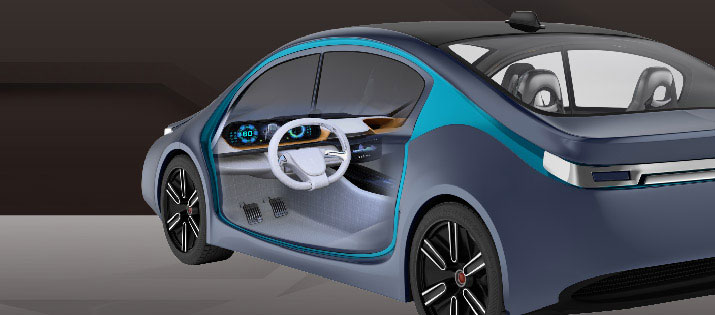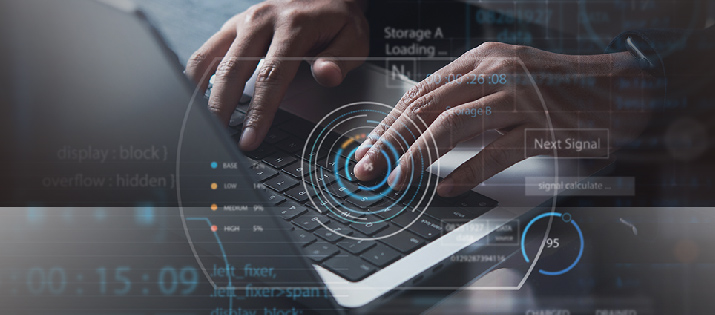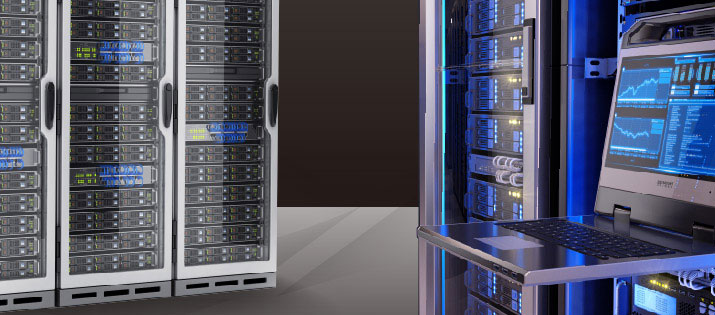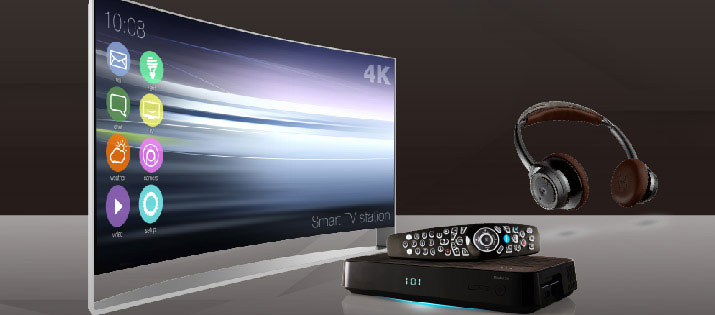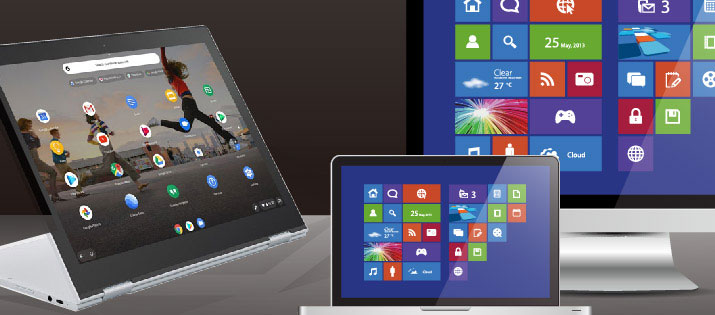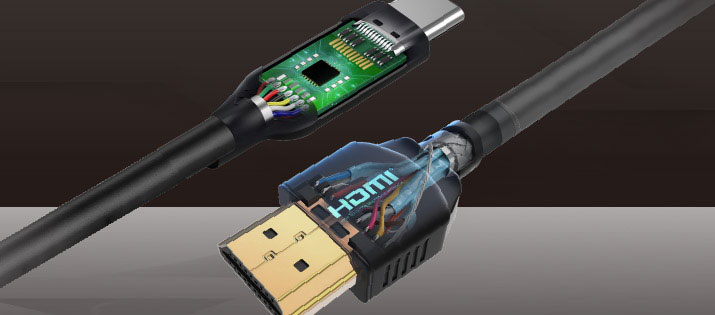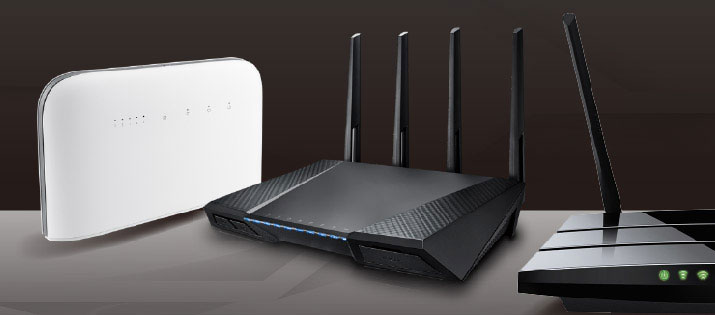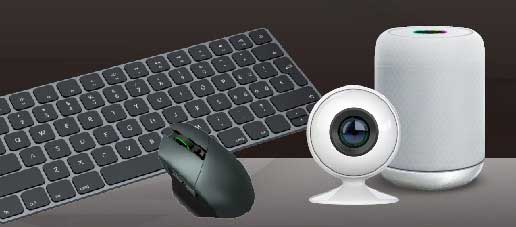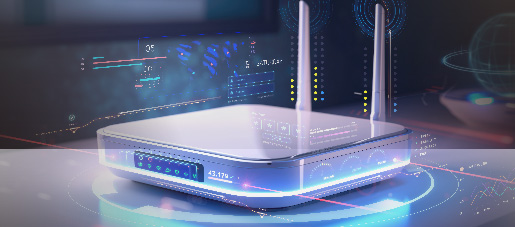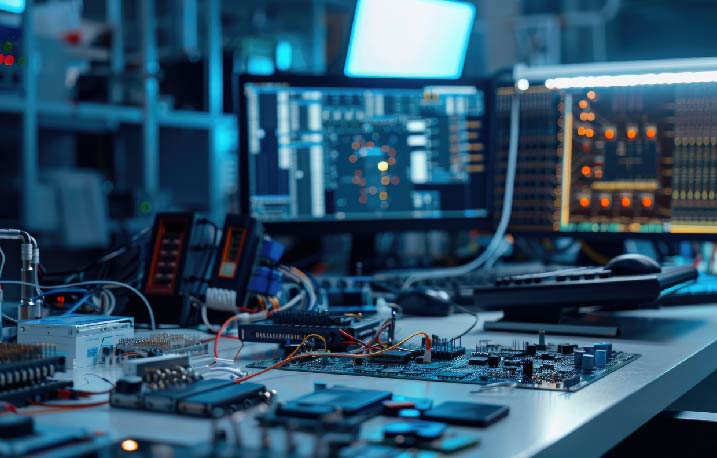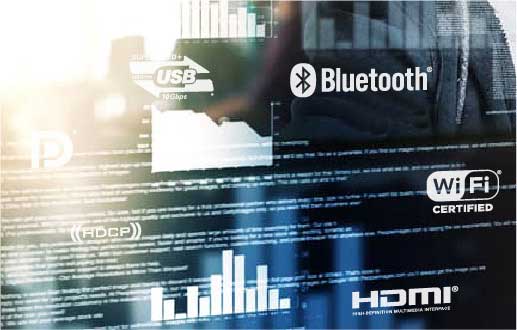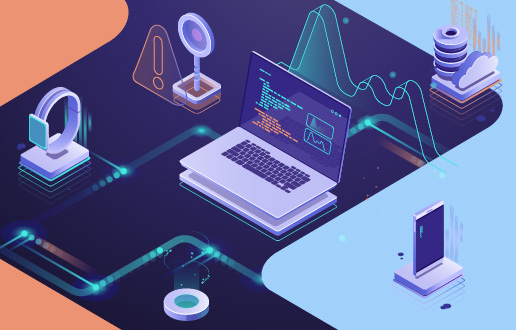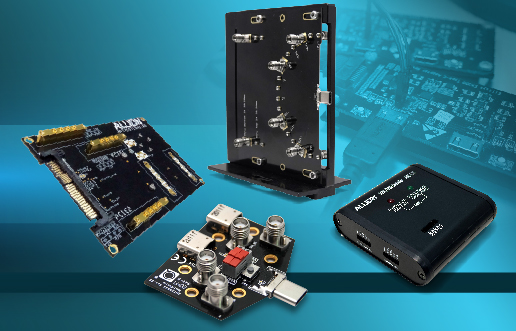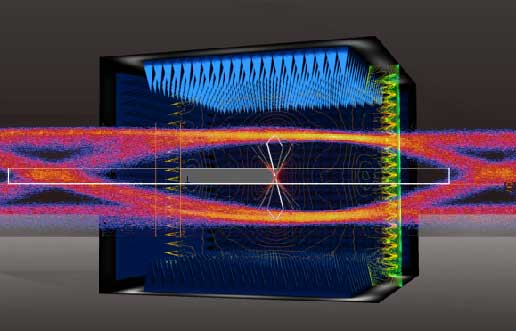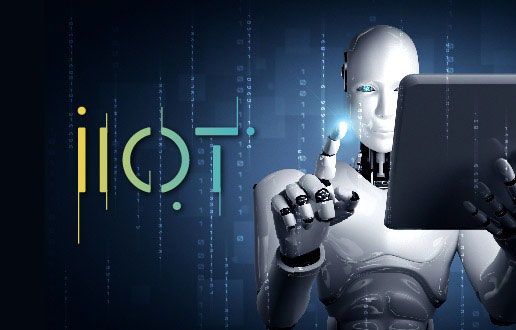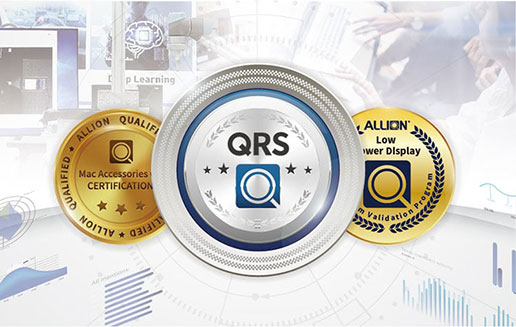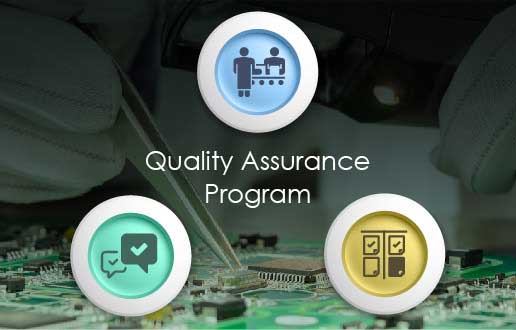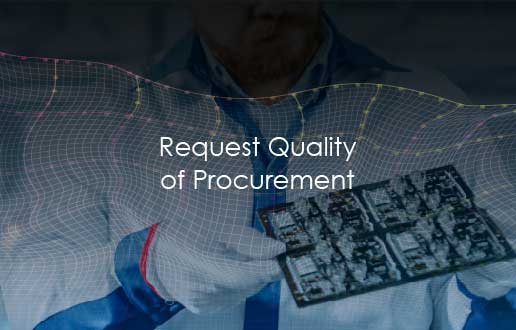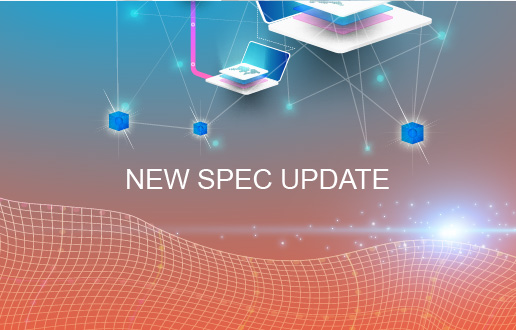With the rapid development of smart technology, the ecosystem of smart displays has grown more diverse and dynamic. Smart displays are no longer mere traditional screens; integrated with artificial intelligence (AI) and voice assistants, they have become the central interactive interface in homes, offices, and commercial environments. They offer a wide range of personalized services, such as smart home control, streaming media playback, and real-time information display, greatly enhancing user experience. Additionally, their ability to seamlessly integrate with smart home systems forms a robust ecosystem of versatile applications. Businesses also leverage smart displays for presentations and remote collaboration, significantly improving efficiency and interactivity.

Smart Display Ecosystem Overview
*As the control center for smart home systems, a smart display can manage lighting, air conditioning, curtains, speakers, robotic vacuum cleaners, environmental sensors (temperature, humidity, air quality), and security systems. This highlights the core functionality and integration capabilities of smart home ecosystems.
How Do Smart Displays Differ from Traditional Monitors?
Smart displays are innovative devices that differ from standard monitors in functionality and connectivity. Key distinctions include:
Functionality
- Smart displays operate like mini-computers, capable of independently accessing the internet, playing media, making video calls, and controlling smart appliances. Traditional monitors, in contrast, require a connection to a computer or other device to display content.
Connectivity
- Smart displays are equipped with Wi-Fi, Bluetooth, and wireless projection capabilities, enabling wireless connections to networks and devices. Traditional monitors rely primarily on wired connections.
Operation
- Smart displays support diverse control methods, including remote controls, keyboards and mice, and even voice commands, offering high interactivity. Traditional monitors have simpler operational interfaces.
Applications
- Beyond connecting to computers, smart displays integrate with smart home ecosystems, allowing control of other smart devices. Traditional monitors are limited to basic display functions.
Customer Background and Challenges
This case study involves a well-known display manufacturer that recently launched a smart display. Leveraging their past experience, the client independently planned and executed the product development process. However, after the product launch, user complaints began to surface:
- System lag when operating the smart display.
- Black screens or missing audio, disrupting the viewing experience.
- USB devices connected to the display hub not functioning.
- Bluetooth devices not being discovered, unstable connections, or failure to pair.
- Apps failing to launch or crashing.
While the product performed well during in-house testing—offering smooth operation and excellent audiovisual quality—the manufacturer was puzzled by these user issues and sought assistance from Allion Labs to evaluate and identify the root causes.
Allion Labs’ Solution
After consulting with the client and analyzing the challenges, we identified that the user complaints were centered around common problem areas:
- Video/Audio
- USB Hub
- Wireless Connectivity
- Apps
Although smart displays provide a rich set of features and interactive experiences, the complexity of their functionality and ecosystems can pose significant risks:
- Multifunctional Ecosystems:
Smart displays support multiple functionalities, including wired signal reception from computers or gaming consoles, streaming apps, video calls, and smart home device control. Frequent switching between wired signals and applications can lead to system lag, causing issues such as noise, black screens, and flickering visuals. - Built-in Operating Systems:
The independence of smart displays allows for direct connections to multiple USB devices, such as keyboards and mice. However, this also increases the likelihood of USB hub-related issues. - Wireless Connectivity:
Smart displays boast strong wireless capabilities, including Bluetooth, Wi-Fi, and wireless projection. These functions, however, may encounter challenges related to compatibility, stability, interference, and latency.
Through our Quality Assurance Program, Allion Labs successfully identified key issue combinations within one week. These primarily stemmed from frequent signal source switching—such as between gaming consoles, personal computers, and streaming platforms—causing lag, video, and audio anomalies. Further investigation revealed compatibility issues with USB and Bluetooth devices. Our solutions significantly reduced the client’s time and labor costs, improved product stability, and enhanced user trust in the product.
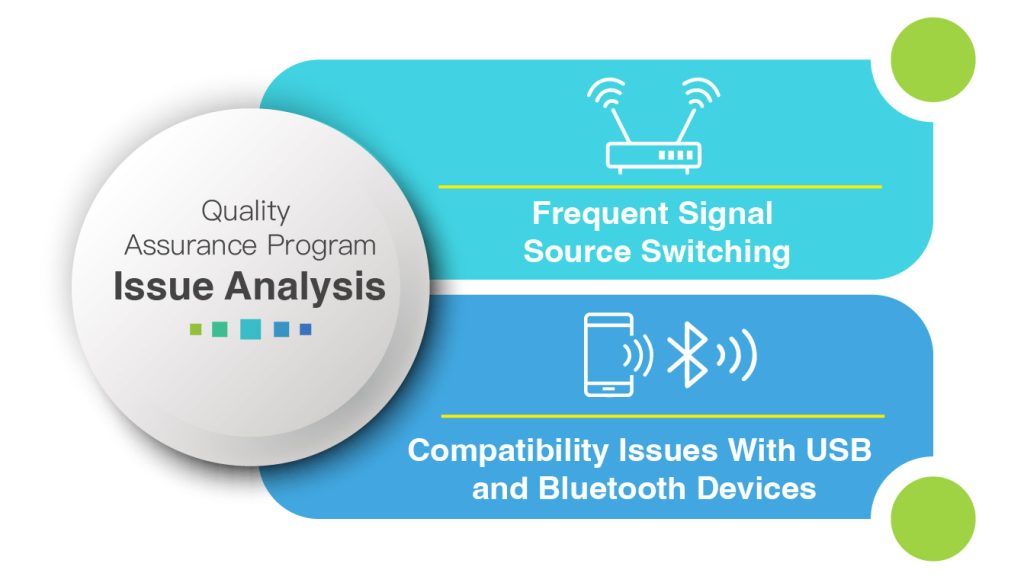
Allion Labs’ Ecosystem Consulting Services
In the competitive display ecosystem, innovation and speed are key to attracting users. Allion Labs’ professional consulting services help clients quickly establish display ecosystems and develop precise strategies. Our services include customized testing and validation plans to ensure seamless product development.
- Rapid ecosystem setup
- Swift development and validation strategies
- Comprehensive testing and validation plans
- Enhanced user scenario testing
- Expert issue isolation and debugging
Faster
Our professional testing techniques and extensive experience enable rapid and accurate evaluations, significantly shortening the design validation process. Allion Labs’ extensive inventory of devices—including laptops, desktops, graphics cards, smartphones, and tablets—ensures comprehensive quality assurance across a wide range of brands and models.
Easier
Leveraging AI and automated testing solutions, we ensure every validation is qualitative, quantitative, and reproducible. Our services simplify the process of improving product quality and performance.
Better
Our experienced technical team designs user experience validations using real-world scenarios, ensuring products perform optimally in practical applications. We maintain long-term partnerships with leading global manufacturers, helping your product deliver the best user experience in major ecosystems.
By addressing potential risks early, you can create a better user experience and build user trust. Allion Labs helps you save time, reduce development costs, and minimize compatibility issues with peripheral devices during the product development cycle. Let our services empower your team to achieve Time to Market with Quality.
If you have any questions, feel free to contact Allion Labs anytime.
